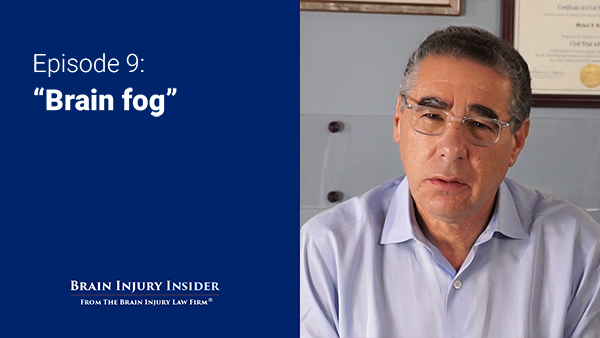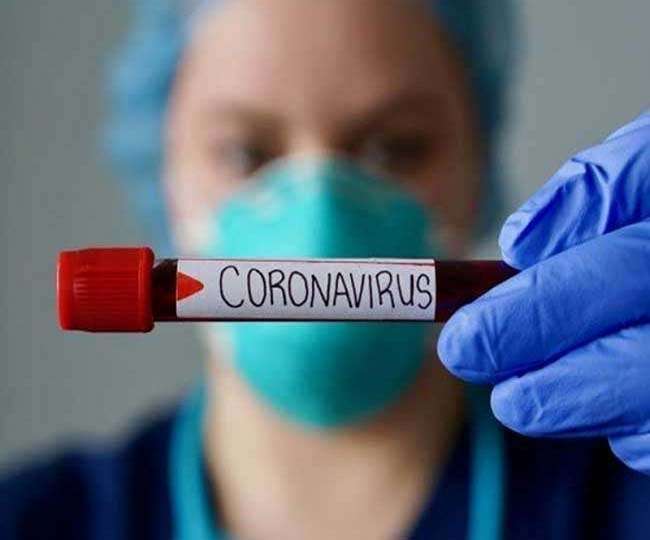

About a third of the patients reported having trouble getting things organized, and a third reported trouble concentrating on activities, while a quarter reported forgetting what they had talked about during a phone call. The participants could respond “never,” “rarely,” “sometimes,” “often,” and “almost always.”Īt baseline, the investigators observed that 23.5% of the participants reported being able to complete vigorous activities, and 48% reported being able to complete moderate activities.Īdditionally, 64% of participants reported no perceived cognitive deficits on the 3 questionnaire items. The study authors noted that patients were also asked about symptoms in the previous 4 weeks such as: fever, chills, or night sweats loss of smell or taste fatigue shortness of breath chest pain numbness or tingling nausea, vomiting or diarrhea muscle aches and rash.įinally, the questionnaire asked participants whether they had trouble keeping things organized, trouble concentrating on activities such as television or reading a book, and whether they forgot what they talked about during a phone conversation over the previous 4 weeks. The questionnaire asked participants if they felt their health had returned to normal, if they could complete vigorous activities (like running), moderate activities (like moving a table, climbing a flight of stairs, etc.), and bathe and dress independently. The participants were followed up with using questionnaires administered by nurses via telephone after 30-, 60-, and 90-days post-hospital discharge (or in the case of non-hospitalized patients, from the date of the first positive COVID-19 test). Brain fog has impacted all age groups, too, the study authors added, and neurocognitive symptoms can include memory problems, difficulty concentrating, trouble focusing, and PTSD. The study authors said such neuropsychiatric symptoms are common in acute COVID-19 and long COVID but the link between these deficits-so called “brain fog”- and long COVID are currently unknown. Patients were enrolled in the study between April 2020 and February 2021 after laboratory-confirmed COVID-19 infection. Investigators from UCLA conducted a prospective cohort study of 766 patients with COVID-19 in order to describe the characteristics of patients with perceived cognitive deficits within the first 4 weeks post-COVID-19 infections and the links between those deficits and long COVID. Christina Yen of Beth Israel Deaconess Medical Center in Boston, said in a press statement.Ĭlick for a Reuters graphic on vaccines in development.For COVID-19 patients, perceiving cognitive deficits or “brain fog” within the first 4 weeks of infection might be associated with long COVID, according to an original investigation published in JAMA Network Open. It would be wise to plan now for "ways to scale and translate this capability to smaller hospitals and resource-limited healthcare settings that could benefit just as much - perhaps more - from this type of personal protective equipment reprocessing in future disaster scenarios," coauthor Dr. Successful, large-scale implementation of N95 respirator reprocessing would require significant coordination and logistical support to ensure disinfection and safety, they said.

In a paper in the American Journal of Infection Control, researchers report that the masks can be safely re-sterilized with a standard decontamination approach involving vaporized hydrogen peroxide and still maintain their effectiveness for up to 25 cycles of re-use. Early in the pandemic, shortages of N95 masks forced personnel to re-use them or to use masks that provided less protection. Unlike cloth and surgical masks, the N95 respirators are designed to achieve a very snug facial fit, with edges that form a tight seal around the nose and mouth. Researchers plan for reusing hospital-grade masksĪ type of mask used by healthcare providers to protect themselves from the coronavirus can be reprocessed to augment supplies, researchers believe. But it could prove useful in "real-world high-risk settings," helping to improve early detection of potential cases and to identify indoor areas that pose high exposure risks.

More research is needed to confirm its effectiveness before the device can be sold commercially, the researchers noted.


 0 kommentar(er)
0 kommentar(er)
